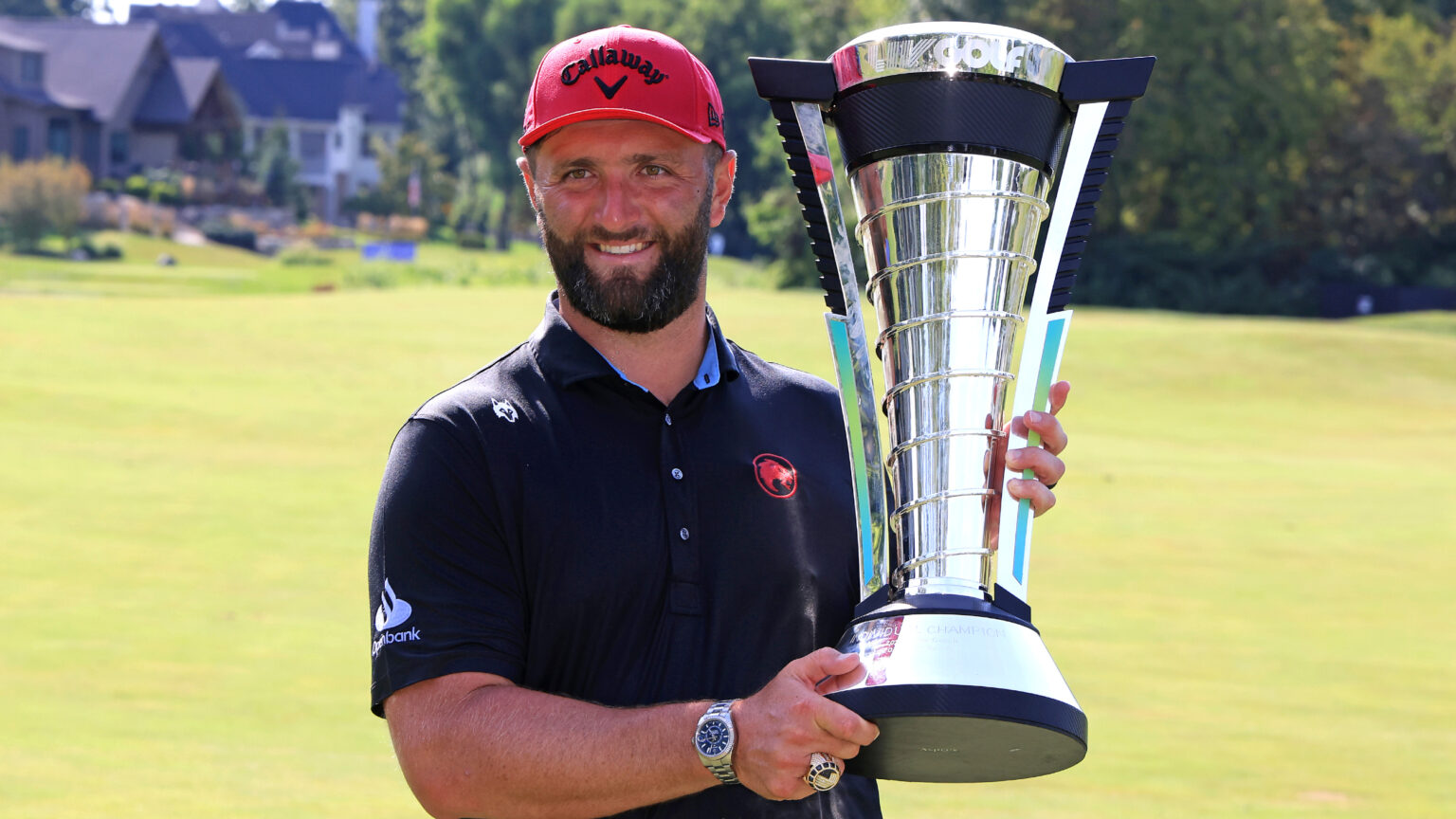LIV Golf Points System: A Deep Dive into Controversy and Performance
The LIV Golf League has rapidly gained traction, presenting itself as a formidable competitor in professional golf. Despite this growth, debates surrounding its points system have arisen, notably contrasting its efficacy with the FedEx Cup Playoffs. In an unexpected twist, this year’s season-long race unveiled a nuanced issue: how can a player win a championship without winning any tournaments? The LIV Golf points system now stands under scrutiny, especially after Jon Rahm’s narrow victory over Joaquin Niemann.
The LIV Golf Phenomenon
Launched in 2021, LIV Golf has been the subject of intense discussion within the golfing community. Backed by Saudi Arabia’s Public Investment Fund, this international league has altered the competitive landscape in professional golf. Its unique format offers a fresh approach, and its substantial payouts have attracted top talent from around the globe. However, as LIV continues to establish itself as a serious contender, questions regarding its ranking and points systems burst into the limelight, especially as the 2025 season unfolded.
Rahm vs. Niemann: The Stats Tell the Story
In this year’s thrilling finale, Jon Rahm clinched the individual title by a mere three points, while Joaquin Niemann secured five tournament victories. Rahm’s experience highlights the intricacies of the LIV Golf points allocation, leading to considerable debate about the fairness and effectiveness of such a system. Rahm’s achievement has ignited conversations about whether consistency in participation should outweigh an impressive number of wins, thrusting the decision-making process behind points allocation into the forefront.
The Points Discrepancy
LIV Golf awards points based on tournament performance, with the winner earning 40 points and the runner-up receiving 30. This 33% difference stands in stark contrast to the PGA Tour, where winners earn 67% more than the second-place finisher in regular events. This stark discrepancy left many questioning the integrity of the LIV Golf points system. Had the bar been set higher for victories, Niemann could have emerged victorious in their season-long battle. This inconsistency fuels growing concerns among fans and players alike regarding LIV’s future.
Rahm’s Consistency vs. Niemann’s Wins
Jon Rahm illustrated remarkable consistency throughout the season, accumulating points from every tournament he participated in. With an impressive record of 12 top-10 finishes, his worst finish was an 11th place in Texas, showcasing his performance level. In contrast, Niemann secured five wins but only managed one additional top-10 finish. This lack of consistent high placements contributed to Rahm’s narrow lead in the points standings, and it highlights the complexity inherent in evaluating a player’s season.
Analyzing the LIV Points System
The LIV points allocation method appears to favor consistency over outright victories, potentially skewing the outcome in favor of players who maintain performance across the board. As evidenced by Rahm’s situation, the established points system may prioritize participation over victory, an aspect which could adversely affect perceptions of success within the league. Koehler remarked that this has potential implications for future formats or adjustments necessary as LIV Golf continues to evolve.
The Bigger Picture: Prize Money Distribution
In addition to points, both players experienced substantial financial gain, but the monetary discrepancy illustrates how wins do not necessarily correlate with overall earnings. Niemann topped the LIV Golf Money List, earning over $8.5 million more than Rahm through regular tournament earnings. This financial landscape raises questions about the meritocratic nature of the points allocations versus financial rewards within the sport, especially as the debate rages on regarding which aspects of performance should be prioritized.
Reflecting on the Championship Outcome
Despite the controversies surrounding his title, Rahm expressed gratitude for his achievement while acknowledging the legitimacy of Niemann’s impressive season. His experience serves as a reminder of the unpredictability and excitement that come with competitive sports. "Winning the season without winning a tournament is something to be proud of," Rahm reflected, even though he conceded that Niemann showcased a remarkable performance deserving of greater recognition.
Call for Reform in Points System
Stakeholders, including LIV Golf CEO Scott O’Neil, now face pressure to consider modifying the points system for upcoming seasons. Collectively, the conversation highlights the need for a balance between rewarding victory and celebrating overall performance, fostering a more equitable competitive landscape. Understanding the success metrics that resonate best with players and fans will be crucial for the future growth and evolution of the LIV Golf League.
Conclusion: The Future of LIV Golf
As LIV Golf charts its future, its points system remains a pivotal aspect of discussions regarding fairness, performance recognition, and overall credibility. The season’s outcomes between Jon Rahm and Joaquin Niemann exemplify the delicate balance between consistency and performance, urging golf enthusiasts to weigh the merits of a refined approach in points allocation. LIV Golf is undeniably changing the professional golfing narrative, and the pathway ahead must align both competitive fairness and sporting integrity for it to thrive sustainably.
If you have thoughts on this evolving narrative, join the conversation by sharing your views on the points system. Should LIV modify its current system, or does it present a fair reflection of players’ performances? The future of LIV Golf is at a crossroads, and every voice matters in shaping its direction.
